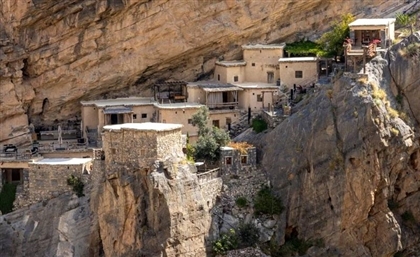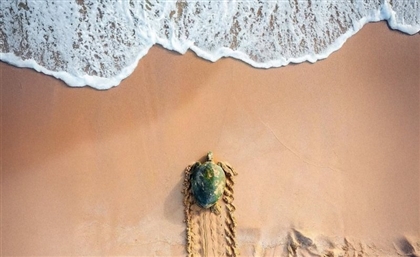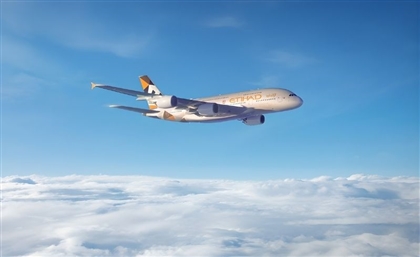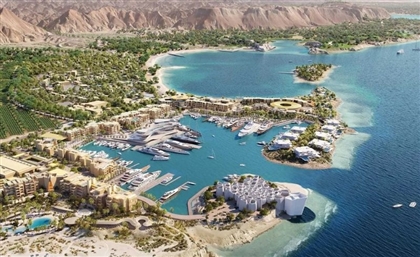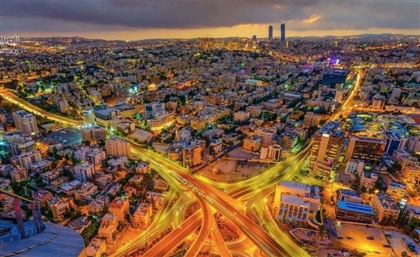Why a Coastal City in Oman Smells of Sweet Frankincense
There’s more to Salalah—a coastal Omani city—than meets the eye, and seasonal wonders invite deeper discovery.
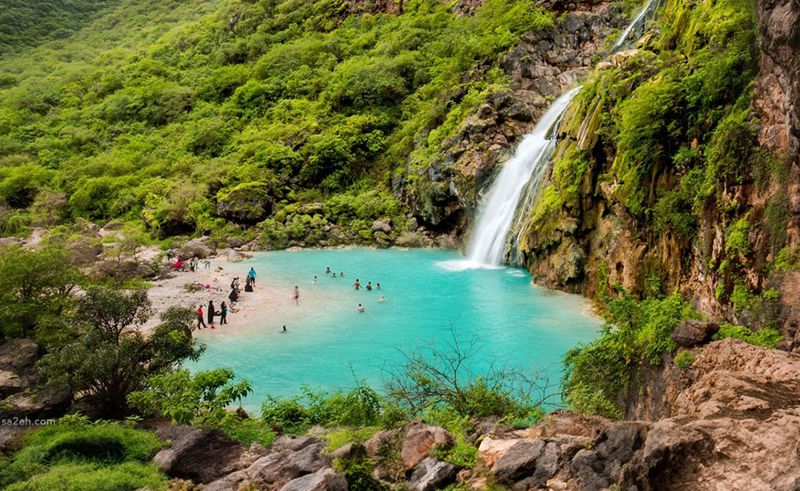
Oman’s coastal city Salalah presents a case study in continuity—a locale where climatic phenomena and historical trajectories intersect to form an experience that is both scholarly and practical.
Situated in the southern part of Oman within the Dhofar Governorate, Salalah not only benefits from its proximity to the Arabian Sea but also exists as a quiet witness to centuries of trade and cultural interchange. To understand Salalah’s rhythm, one must begin with its geography—a foundation that both grounds and defines its unique interplay of nature and history.
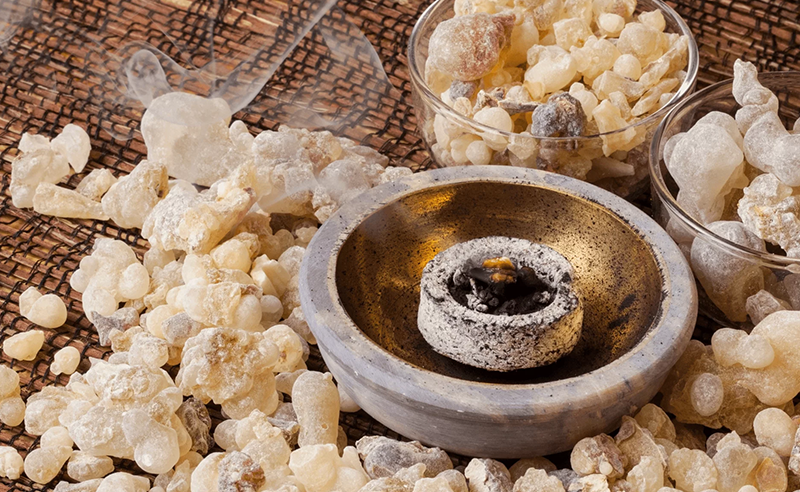
The city’s climatic cycle defies conventional expectations in the Arabian Peninsula: between June and September, a period known as the Khareef transforms the environment. Rather than a relentless desert, the region experiences a seasonal rain that softens the arid land and produces a temporary burst of greenery. This transformation isn’t just visual—it influences the scent of the air, the movement of people, and even the cultural rituals that emerge in response.
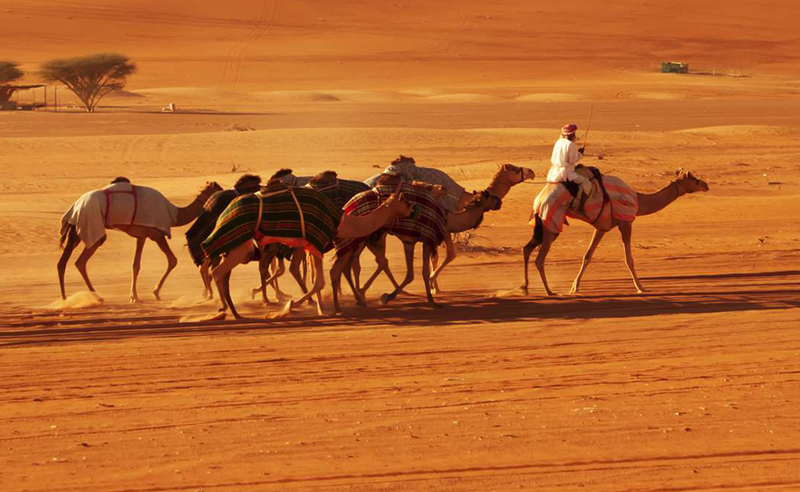
Just as the Khareef rewrites the landscape each year, Salalah’s historical role has long rewritten the region’s importance on the global stage. Salalah’s historical narrative is steeped in its prominence as a nexus for the ancient frankincense trade—a commodity that once connected Oman to markets across the ancient world. One way to see this history is to visit the Land of Frankincense Museum, where an organised collection of artefacts and interpretive exhibits elucidates the intricate trade networks that once spanned continents. Its displays are supported by archaeological evidence uncovered at nearby sites such as the Al Baleed Archaeological Park. These institutions function not only as cultural repositories but also as hubs of ongoing scholarly research into trade networks and cultural diffusion in pre-modern Arabia. The active Haffa Souq, where frankincense is still exchanged, provides an everyday reminder of the region’s mercantile heritage—a tradition that has evolved in tandem with the modern economy.
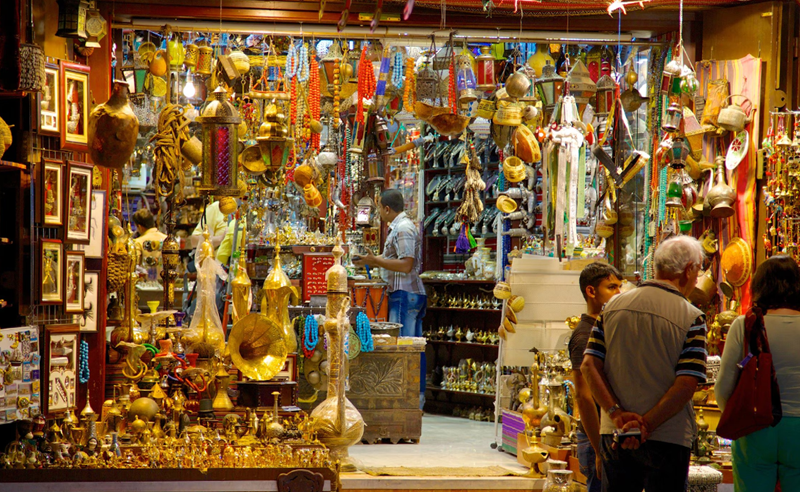
But Salalah isn’t a city trapped in the past. Its legacy lives on not just in stone artefacts, but in rhythms of celebration that honour both heritage and change. Beyond the realm of history and climate, the social landscape of Salalah is enriched by its active cultural calendar. The annual Khareef festival, for instance, is organised with a view to celebrating both the natural phenomenon and the human interactions it inspires. Events during this season are characterised by public lectures, cultural exhibitions, and performances that draw on the region’s diverse traditions. Local galleries and cultural centres complement these public festivities by hosting exhibitions that highlight contemporary Omani art. These gatherings represent a continuation of the same spirit of exchange that once powered ancient trade—only now, the currency includes ideas, creativity, and connection.
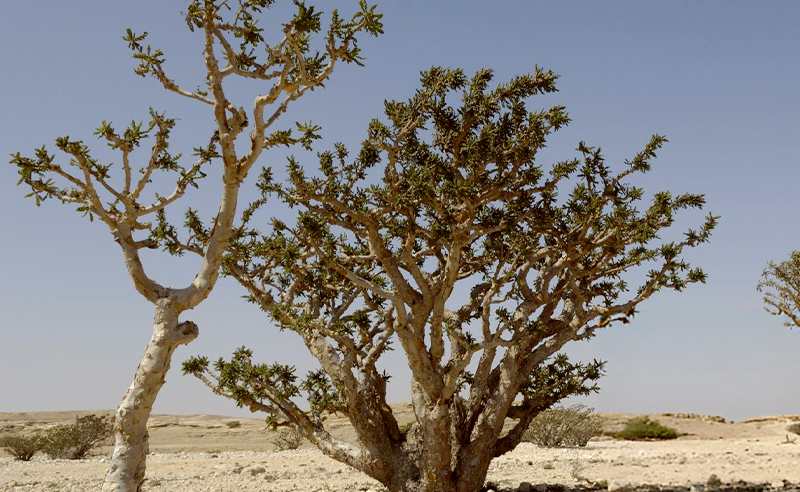
To fully appreciate what Salalah offers, one must also look beyond it—to the contrasts and continuities that define the greater Dhofar region. To the south of Salalah, one encounters expansive deserts that form a counterpoint to the lush monsoon landscape; these deserts, far from being barren, are punctuated by seasonal oases and ancient caravan routes that have been documented in both classical texts and modern travel journals. Meanwhile, the coastal area near Al Mughsail Beach is noted for its pristine sands and naturally occurring blowholes—a phenomenon that has intrigued geologists and casual observers alike. From the greening hills to the shifting sands, these natural features are not isolated attractions but are integral to the region’s overall ecological narrative, which includes marine biology research initiatives and conservation efforts that aim to balance human activity with environmental stewardship.
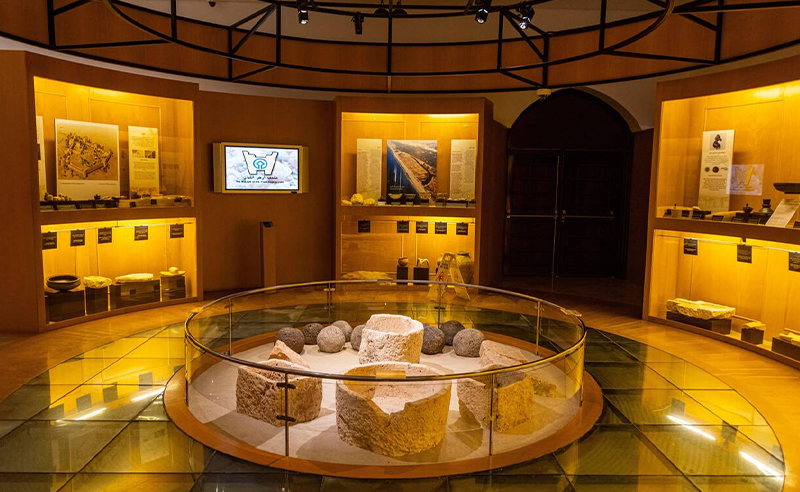
In the end, these contrasts—lush monsoon and arid desert, ancient trade and modern research—converge in a single place, where history is not confined to museums nor is nature merely a backdrop—it is a living, breathing presence that informs daily life. From the scent of frankincense wafting through age-old markets to the misty monsoon rains that rewrite the landscape each summer, the city invites both study and surrender, offering an encounter with time itself—layered, fragrant, and fleeting.
- Previous Article This Guesthouse in Egypt’s Dahab Is Where the Red Sea Meets the Soul
- Next Article Six Unexpected Natural Wonders to Explore in Egypt
Trending This Month
-
Nov 29, 2025




